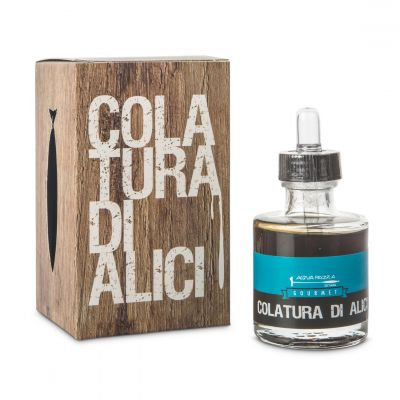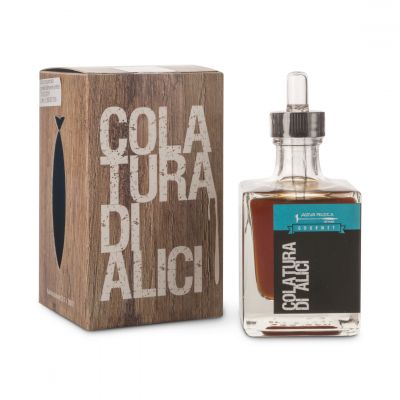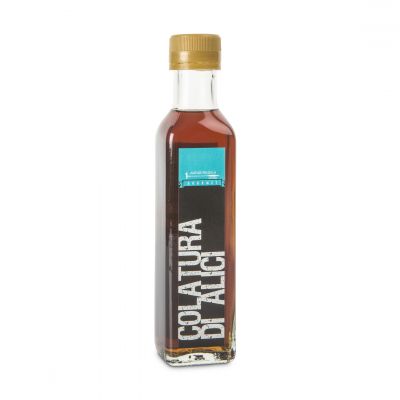Colatura in summer? Sure! even more now that the 2018 barrels are opened
⏱ 4 MINUTES READING
At this time of year, the consumption of fruit and vegetables, cold dishes and fresh foods normally increases, because, let’s face it, who wants to stay so long at the stove with the summer heat? Thinking about this article and what the “right” product was, I came up with several proposals, wiped out in a flash after an evening phone call with my friend Imma of Acquapazza Gourmet.
We were sharing moods and considerations about the period we went through and what are the positive aspects, because every medal has its downside and getting used to seeing both sides has its advantages.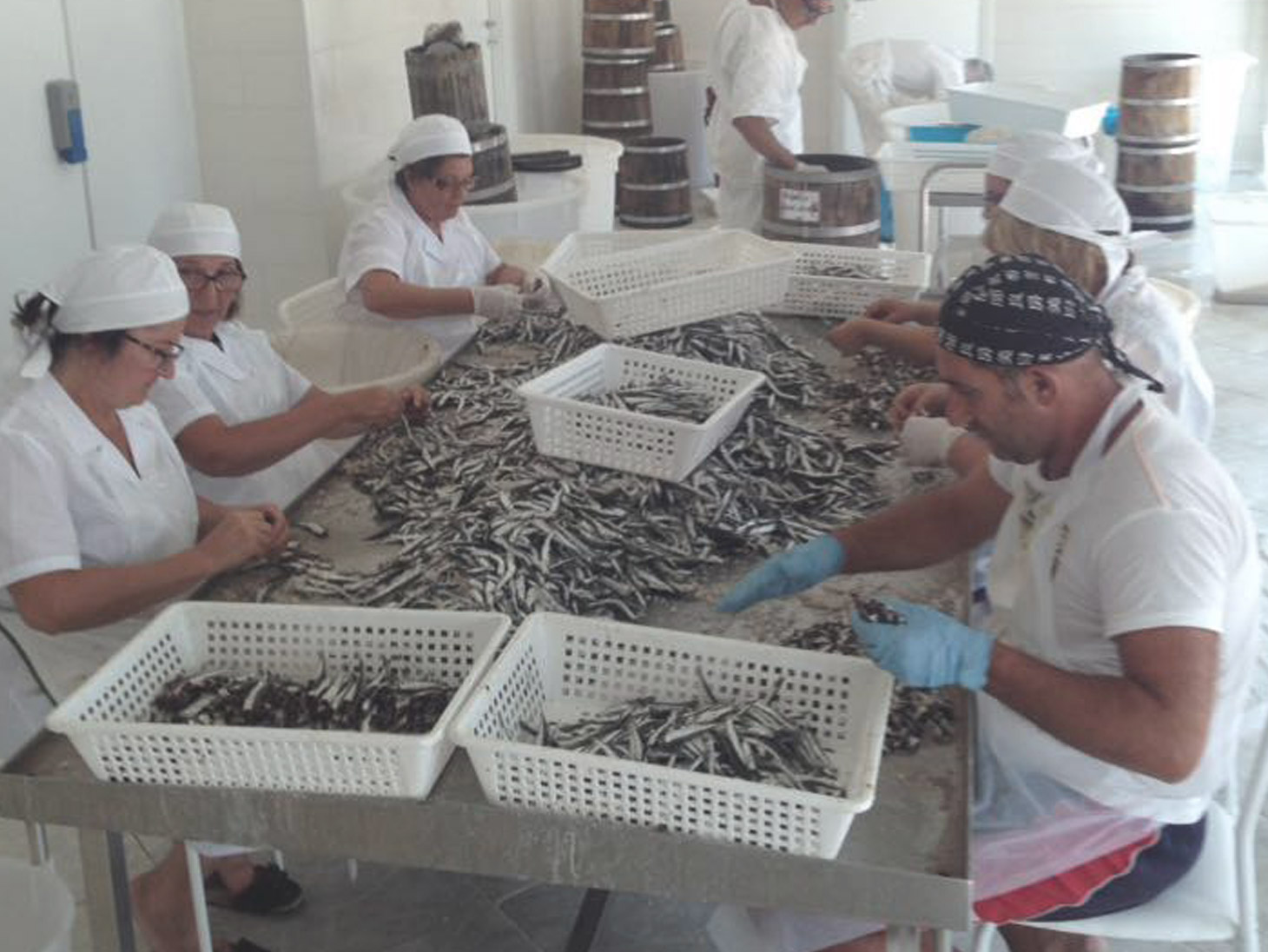
NOW IS THE TIME
Imma told me that the strong slowdown in sales of colatura has extended the permanence of the anchovies in the barrels and in this period those of the 2018 are getting opened.
I had a breakthrough and I thought I couldn’t miss this chance ‘cause it most likely wouldn’t have recurred! And so, even if the colatura is traditionally used during the Christmas period, I still tell you that this is the best time to taste the Colatura di Alici di Cetara by Acquapazza! 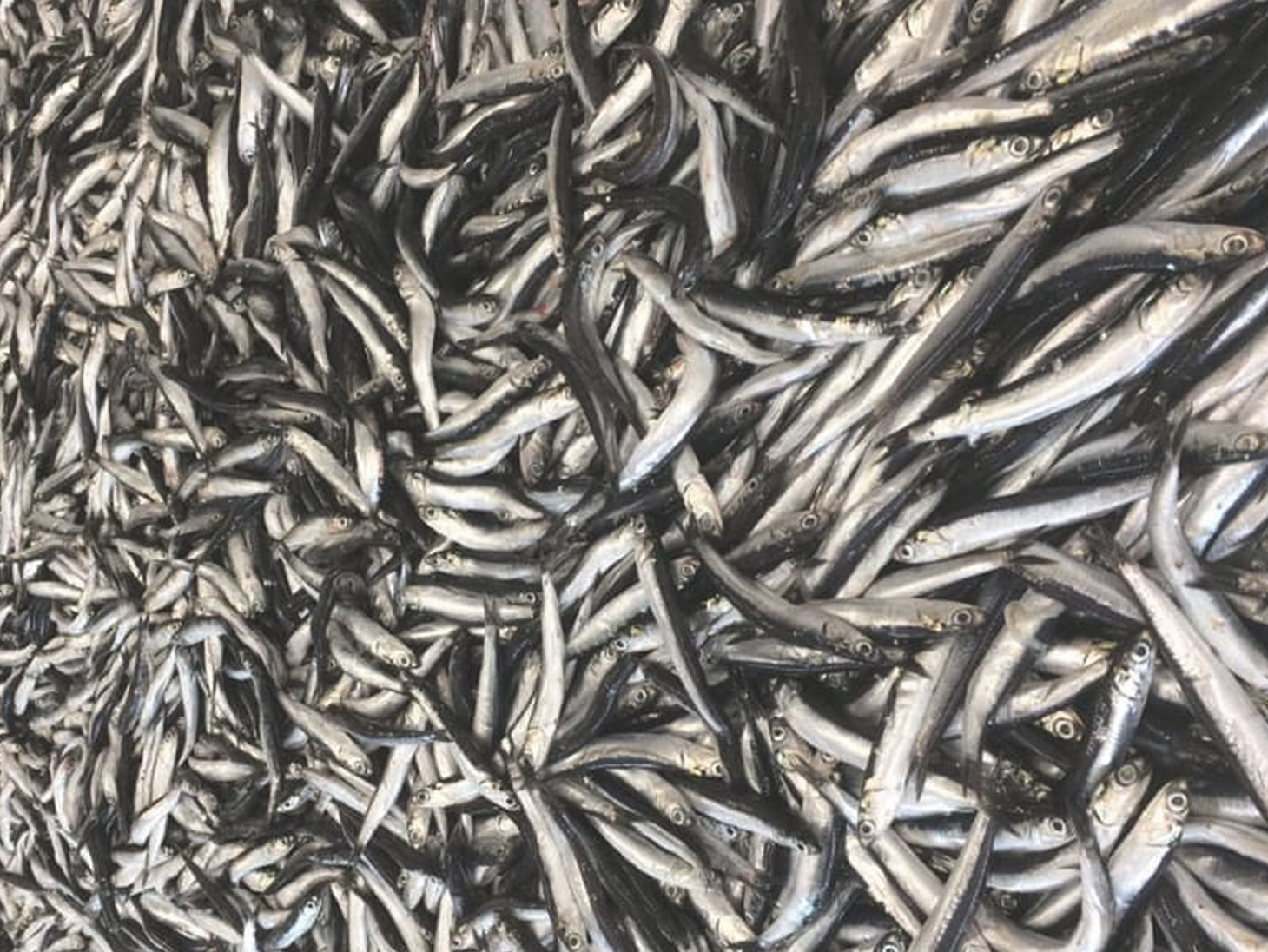
THE COLATURA
For those who don’t know it, the colatura di alici is obtained by the maturation of anchovies (Engraulis encrasicolus L.) in salt and the final result looks like a transparent and ambery liquid. It is a traditional speciality produced in the small seaside village of Cetara, on the Amalfi Coast.
The intense and persistent scent recalls that of anchovies in salt, fresh anchovies and brackish. The umami flavor is strong, with distinct sapidity perceived.
I talk in these terms because the sapidity is not only due to the use of salt but is also a consequence of the enzymatic processes and the residual protein, characteristic of the production process. For this reason, it becomes an exceptional ingredient if you want to reduce the use of salt (2 g of colatura correspond to the flavour of 10 g of salt).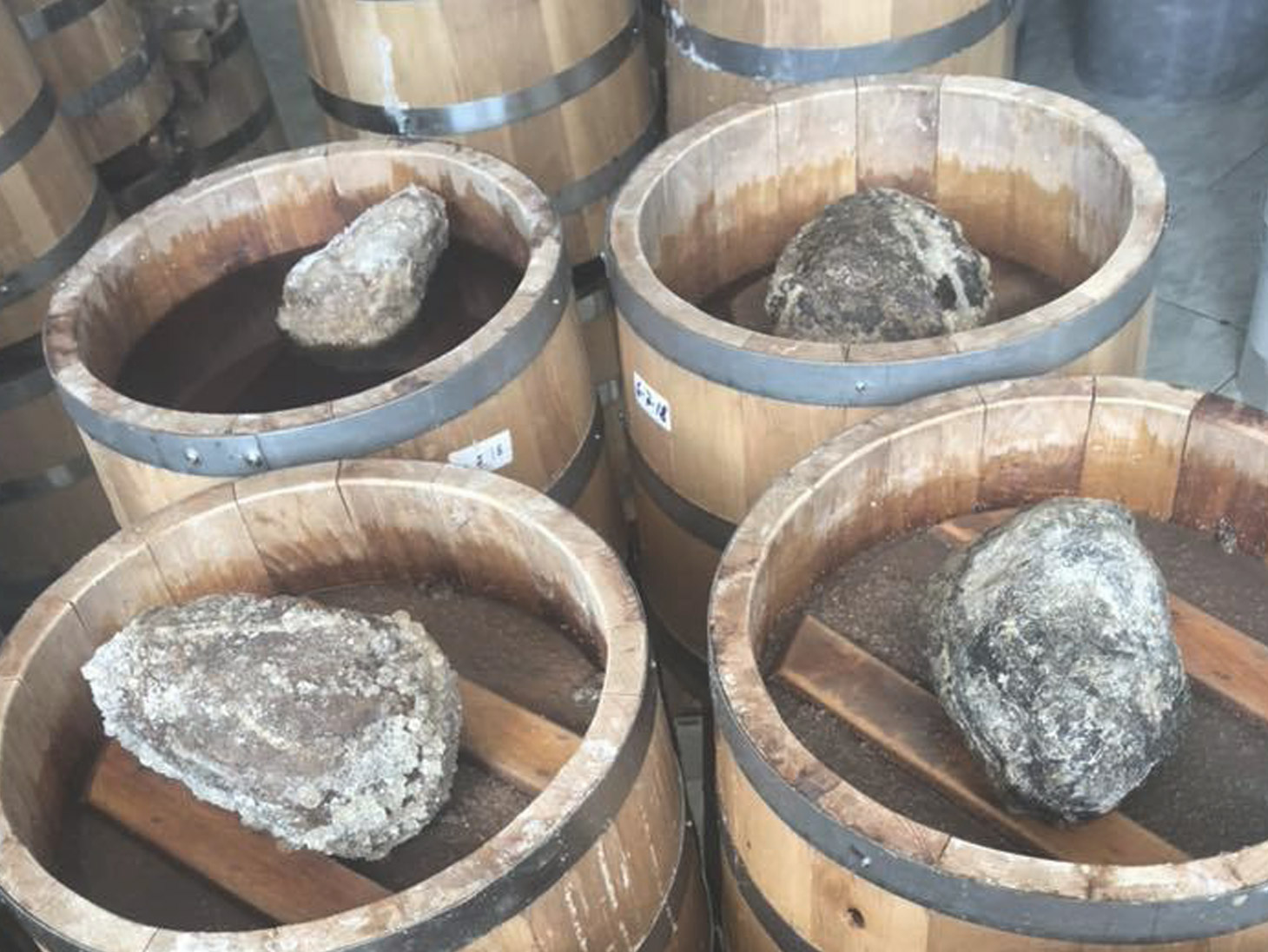
PRODUCTION PROCESS
From March to July the anchovies are fished near the Amalfi coast in the Gulf of Salerno, they are immediately placed in crates (weighing about 7-10 kg each) and covered with ice so they always stay fresh.
The processing starts immediately (and it lasts 4/5 hours) In order to prevent the formation of histamine, a nitrogenous compound often present in preserved fish and which, in high quantities, can cause allergic reactions.
This is why Acquapazza analyzes the colatura of each barrel before it is released on the market. The entire production process requires a huge amount of manual work. At the arrival of the crates, the raw material is sorted and damaged sardines and anchovies are discarded.
The selected ones are placed on a bench and covered with salt to let out part of the liquid and melt the ice.
At this point specialized personnel (once they were only women but the work is very heavy so now men are trained to do it) proceeds with the beheading and evisceration of anchovies, performed exclusively by hand, to obtain the complete removal of the head and entrails, avoiding the occurrence of possible alterations of the product during ripening.
At this point a third of the initial weight is already lost. The largest anchovies will be used for the production of anchovies in salt, placed neatly in wooden barrels where they remain (in the case of Acquapazza) for at least 8/9 months. The smaller anchovies, instead, are destined to the production of colatura: they are arranged in layers of anchovies and salt, until the barrel is full .
The barrel is then closed with a wooden disc on which is put a weight of about 20/22 kg. This pressing action will cause the liquid to rise in the following days: a mixture of salt, water and blood that is then eliminated.
This process continues until the liquid that comes out is only a couple of fingers and at this point the weight is replaced with a stone, as tradition wants, and barrels, generally chestnut, transferred to the cellar where the temperature is controlled and the air filtered. Obviously, the ripening takes time due to the low temperature. 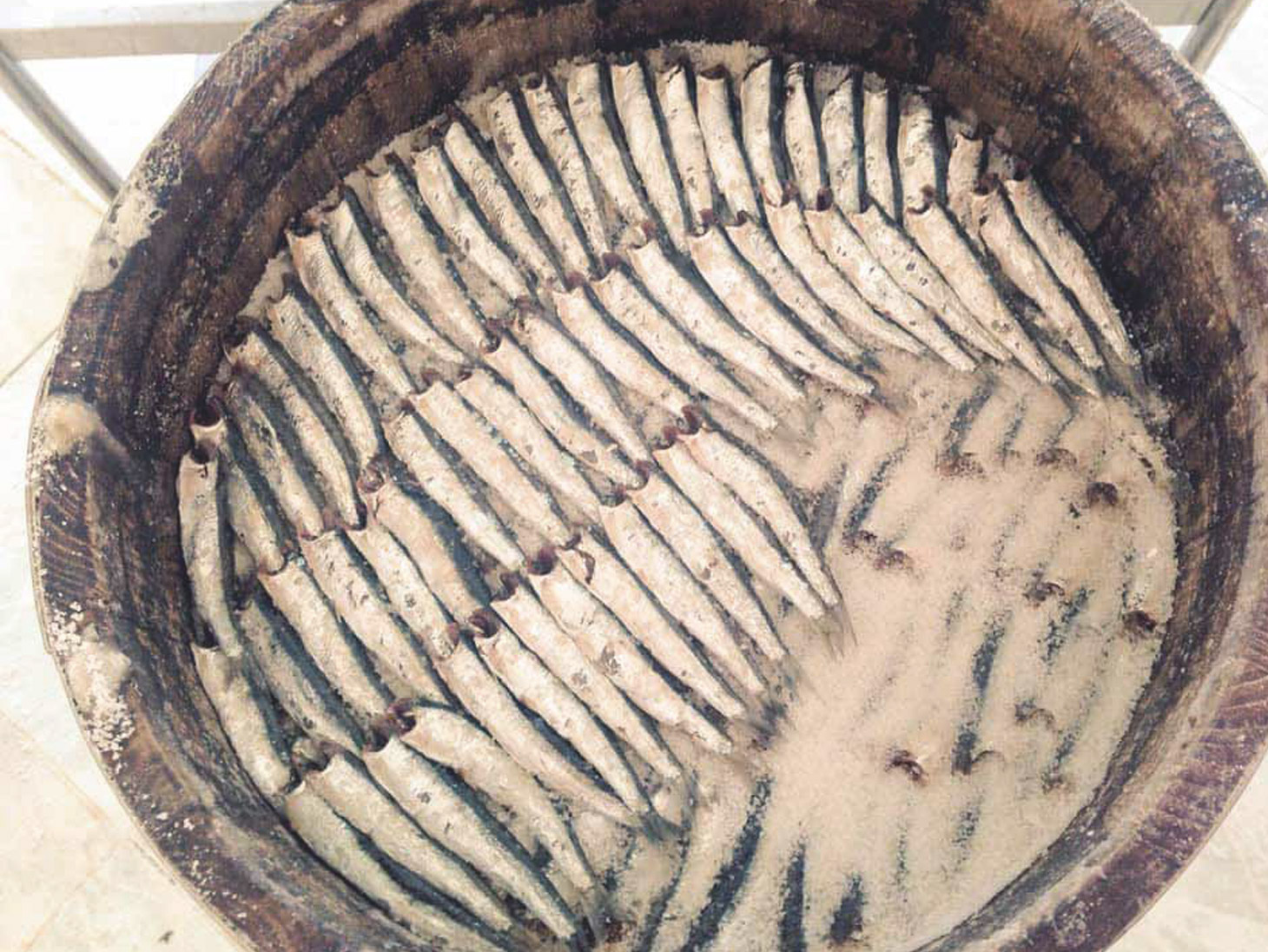
WHY IT’S DIFFERENT
In Cetara the colatura was produced from this waste liquid that was transferred into a glass container and left on the balcony until December.Then it was usually gifted to friends and relatives in glass bottles in which traditionally they used to use some sprigs of oregano in place of the cap, to keep away the flies. It was therefore a waste product from the production of salted anchovies.
The colatura of Acquapazza instead is the result of the overripening of anchovies: it’s a noble product, intense and refined, obtained only and exclusively with selected anchovies and sea salt of Trapani from Salina Culcasi.Another important focus is upon the time of maturation.
According to the production disciplinary of Colatura di Alici di Cetara PDO, the ripening process should last 7-9 months, Acquapazza instead never opens the barrels if at least 18 months have not elapsed.
INFLUENCES AND CONTAMINATIONS
Some might wonder why there are these differences and what is the origin of this colatura. It is not an invention or a change due to innovation, but, as has often happened in the history of Mediterranean specialties, is the result of contamination between countries linked to human movements.
At the time of the Romans, during the Punic wars, Garum (a liquid sauce of oriental origin obtained by macerating the entrails of the fish with herbs and salt) was used as a condiment in a lot of different dishes. It was produced in the North African centers from Carthage to Numidia, the current Algiers, and this is where we can set the very first origins of the colatura by Acquapazza.
After the war many were forced to emigrate because the territory didn’t offer any work opportunity and so Pasquale’s father, brother-in-law of Gennaro Marciante, decided to sail for Algeria. On his return to Italy, he brought with him some casks, but above all the art of preparing a different colatura, a real concentrate of perfumes and aromas, different from what he was used to consume when he left. Thus, in 2003, the production of colatura for the Acquapazza restaurant began, an activity that in 2013 gave birth to Acquapazza Gourmet.
MOUTHFEEL
If you have already had the opportunity to buy this colatura you surely have noticed that the colour, at first ambery, becomes darker and darker with time: this has to do with the natural oxidation of the product in glass in sunlight, which I assure you does not influence the flavour in the slightes.
If you have already tried it, you will agree that it cannot be confused with other colatura, but I recommend you to try it in this period: the 2018 barrels boast a moving complexity of flavours and scents. The first impact is of marked sapidity that immediately turns into an explosion of flavours and aromas, a real concentrate of anchovies, long and persistent.
The sapidity slowly disappears and the palate is cuddled by warmer scents of wood and toasted.
IN KITCHEN
Perfect for summer preparations: use it on cooked or raw vegetables, or to prepare the typical spaghetti aglio olio e peperoncino (garlic, oil and chili pepper). Be aware not to salt the water, but add the colatura in the pan before finishing the plate. Perfect in rice salad with tomatoes, tuna and capers, to prepare a fresh pesto with chopped olives and almonds or in Pesto alla Cetarese.
Enjoy your tasting and your summer!
Giorgia Barbaresco
Quality Director




